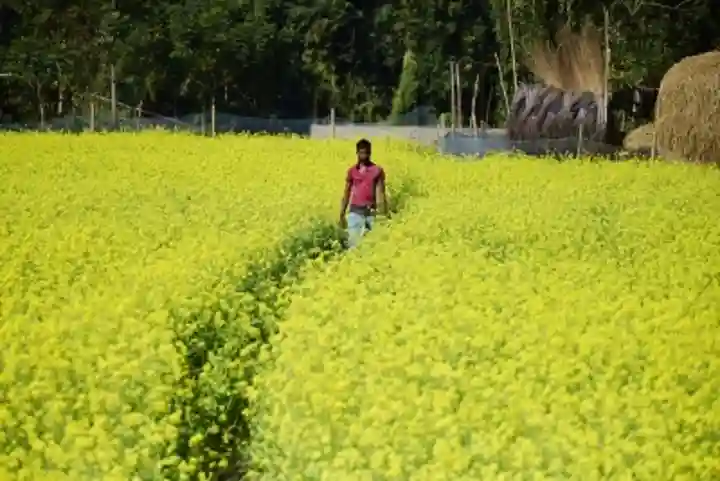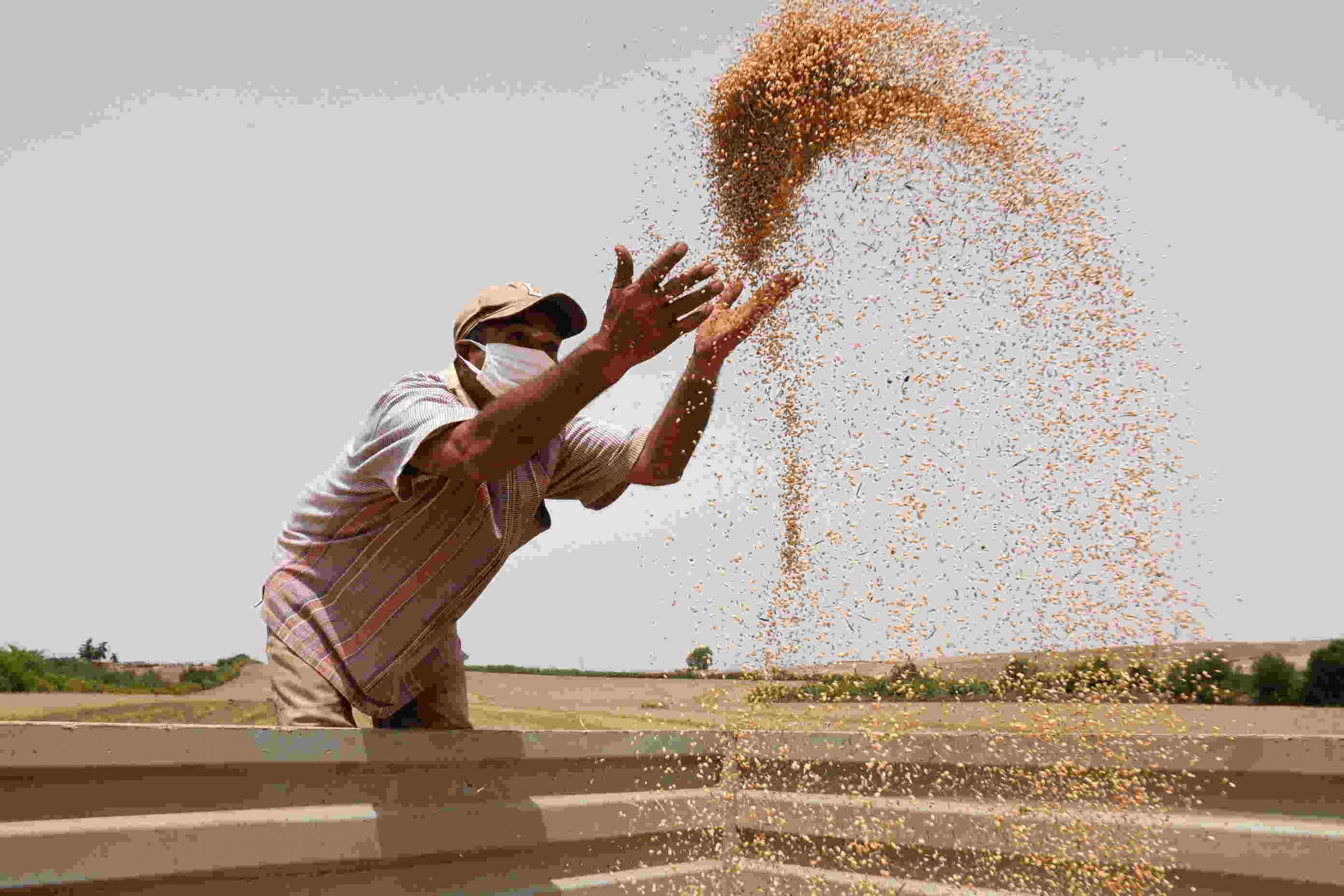Sowing of Kharif crops has been spread over an area of 1053.59 lakh hectare compared to 1049.96 lakh hectare, despite heavy rains in several parts of the country. Of this, sowing of paddy has been most predominant. The overall sowing area for rice during the Kharif season this year has increased to 384.05 lakh hectare compared to 367.83 lakh hectare last year, an official statement said.
Apart from rice, acreage for sugarcane has also expanded compared to the previous year. However, the acreage for pulses at 117.44 lakh hectare this year is lower than 128.07 lakh hectare last year.
Production of paddy and wheat among other crops is crucial for India’s food security. About 60 per cent of the rice sowing in India takes place during the Kharif season. The remaining production of rice takes place during the Rabi cycle in the winter months.
Though India has imposed several restrictions for exports of non Basmati rice to contain domestic prices, it has maintained that the supply of the grain to “needy” countries will continue.
India is the world’s largest exporter of rice, accounting for about 40 per cent of global exports. “We don’t see any significant change in production from what we saw last year, though several export restrictions are in place to prioritise the domestic market,” Vinod Kaul, Senior Executive Director, All India Rice Exporters’ Association, told India Narrative.
According to Statista, rice is one of the most widely consumed grains in the world. As the most populous country in the world, China consumes more rice than any other country, with about 155 million metric tons consumed in 2022-2023. Following China, India is ranked second with 108.5 million metric tons of rice consumed in the same period, the data portal noted.
Also read: India’s rice production in last five years stable, area sown this year marginally higher


















